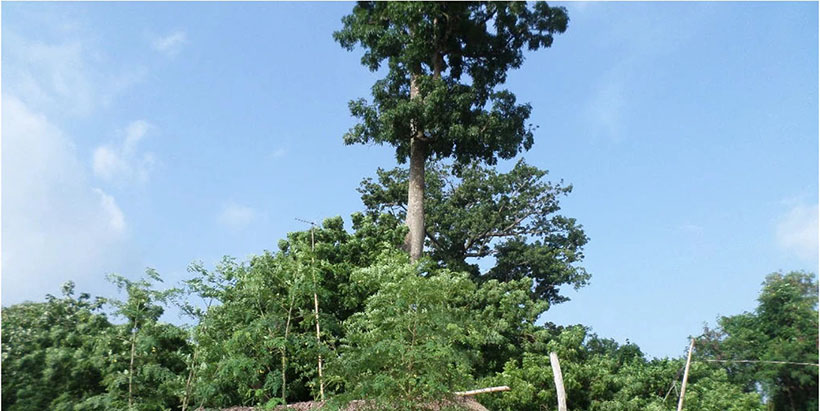Read in
West Africa’s ecosystems are transforming, reshaping its vast savannas into forest islands or arable lands. This change, mainly driven by human activity, has profound implications for soil health and ecosystem sustainability.
Researchers from Institut de L’Environnement Et de Recherches Agricoles, Burkina Faso; Crop Research Institute (CSIR), Ghana; Kwame Nkrumah University of Science and Technology (KNUST), Ghana; Imperial College of Science and Technology, London; Wageningen University, Netherlands; Federal University of Agriculture, Abeokuta (FUNAAB), and the International Institute of Tropical Agriculture (IITA), have explored these impacts, shedding light on how land-use changes affect soil organic matter (SOM) and key soil quality indicators, such as macro- and micronutrients.
The study revealed that when savannas transition into forest islands, soil health significantly improves. The SOM in the topsoil rose dramatically—up to 794%—and the abundance of essential nutrients such as potassium, calcium, and magnesium surged. These improvements are attributed to the favorable microclimate and nutrient cycling fostered by forest ecosystems.



